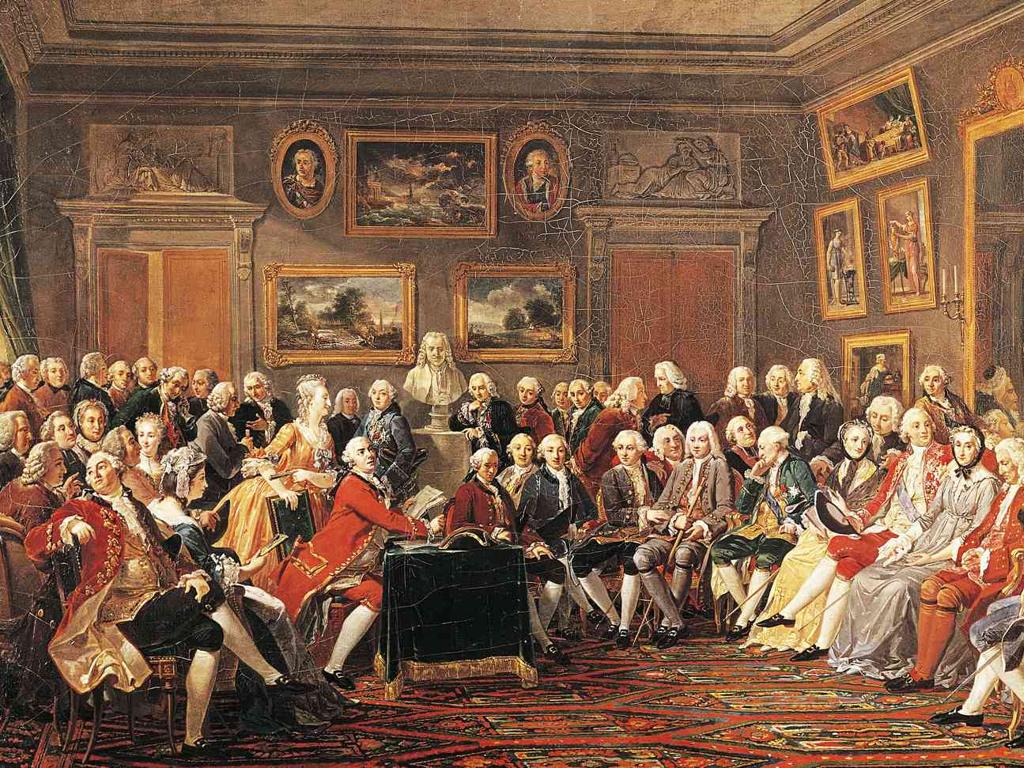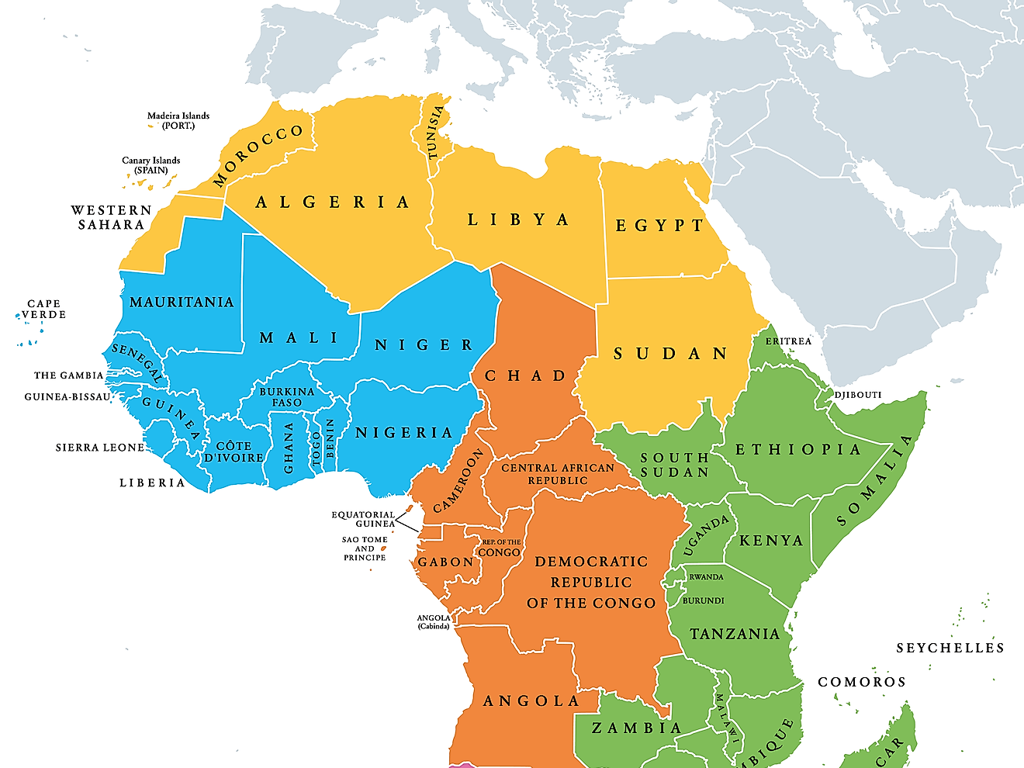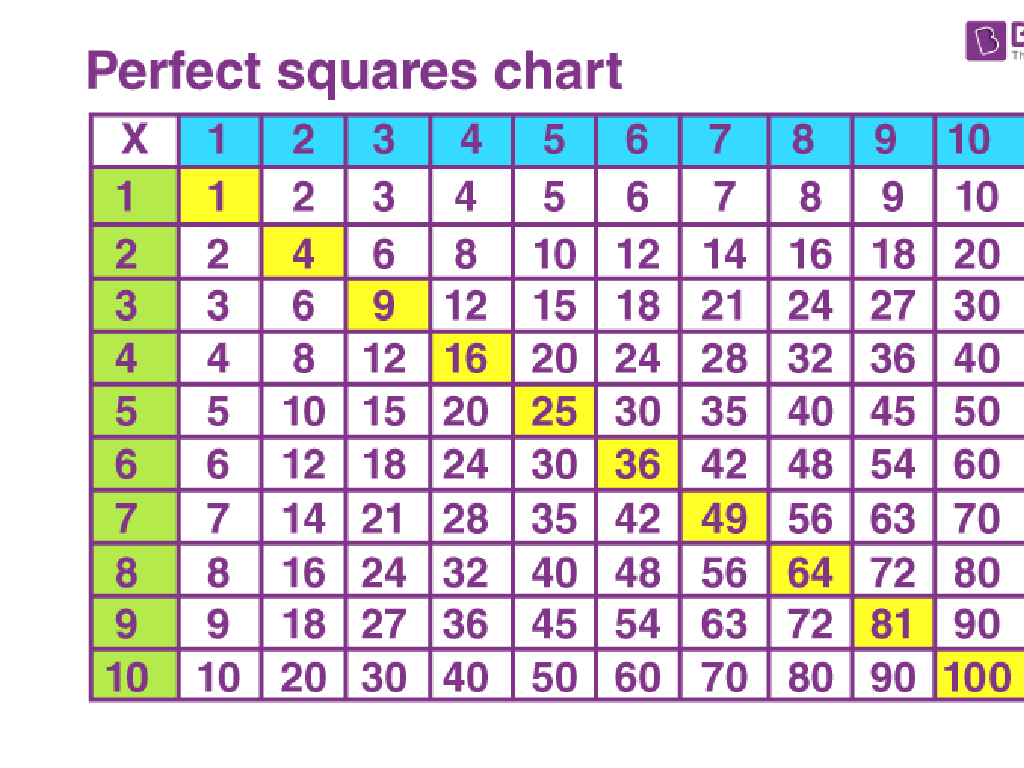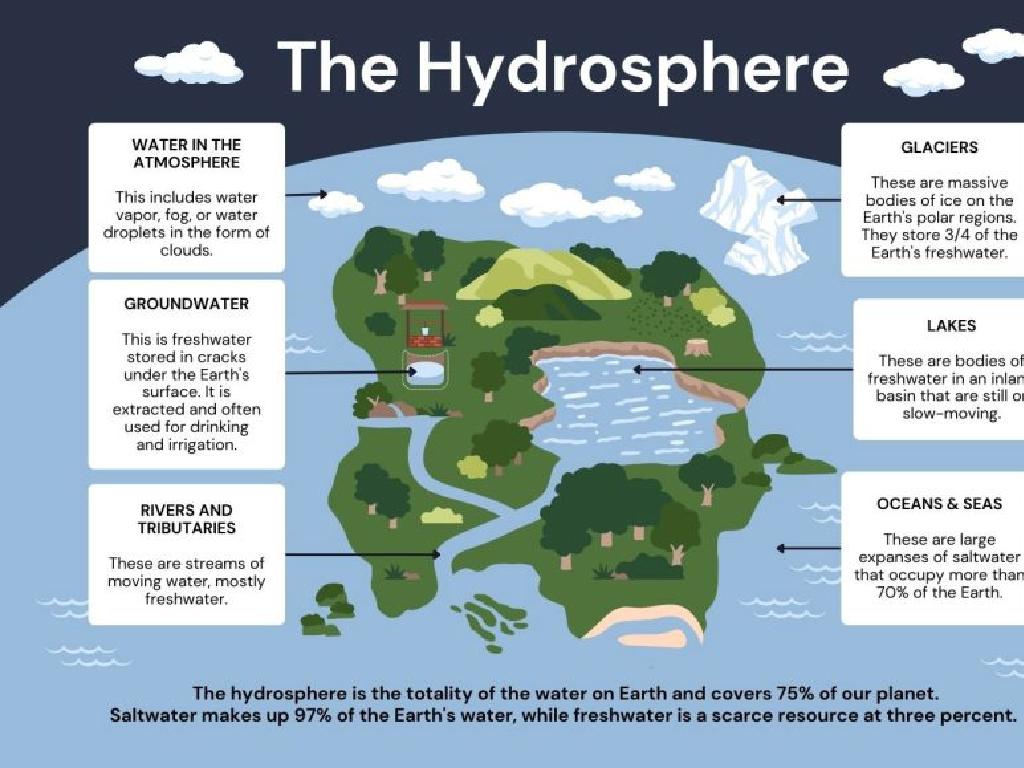Identify The 50 States
Subject: Social studies
Grade: Fifth grade
Topic: States
Please LOG IN to download the presentation. Access is available to registered users only.
View More Content
Welcome to the United States of America!
– Introduction to the 50 States
– Explore all 50 unique states
– States and their significance
– Learn why states matter in the U.S.
– Overview of lesson objectives
– Goals: identify states, capitals, and locations
– Engaging with U.S. geography
– Interactive map activities planned
|
This slide is designed to introduce fifth-grade students to the concept of the 50 states that make up the United States. Begin by explaining what a state is and its role in the federal system of the U.S. government. Emphasize the uniqueness of each state, including its capital, location, and some fun facts. The objectives for today’s lesson are to help students identify each state by name, find its location on a map, and memorize the capitals. Use an interactive map to make the learning process engaging. Encourage students to think about states they’ve visited or would like to visit. This introduction sets the stage for a deeper dive into U.S. geography and the political significance of states in subsequent lessons.
Understanding States in the USA
– Definition of a state
– A state is a region with its own government and borders within a country.
– States’ roles and functions
– States manage local affairs, while the federal government handles national issues.
– State government responsibilities
– Examples include education, police, and transportation services.
|
This slide introduces the concept of a state to fifth graders, explaining that it is a specific area with its own government that functions under the larger umbrella of the country’s federal system. It’s important to highlight that while the federal government in Washington D.C. takes care of the country as a whole, each state has its own set of responsibilities, such as providing public schools, maintaining state roads, and ensuring public safety through police departments. Use relatable examples to make these concepts clear, such as the school they attend is overseen by the state government, or the highways they travel on are maintained by state departments. Encourage students to think about what they know about their own state and its government.
Exploring the 50 States of America
– List all 50 U.S. states
– Locate states on a U.S. map
– Use a map to find where each state is
– Fun facts about each region
– Northeast: Home to the oldest U.S. university, Midwest: Known as the ‘Food Heartland’, South: Famous for its warm hospitality, West: Has the largest U.S. state by area
– Engage with U.S. geography
|
This slide is aimed at helping students identify all 50 states and where they are located on the map. It’s important to make this a visual and interactive experience, possibly by using a large map in the classroom or individual maps for each student. Additionally, sharing a fun fact about each region can spark interest and help students remember the characteristics of different parts of the country. For example, discuss how the Northeast is known for its academic institutions, the Midwest for agriculture, the South for its cultural history, and the West for its vast landscapes. Encourage students to think of other fun facts they may know about each region.
State Capitals: Learning and Matching
– Learn each state’s capital
– Match states to their capitals
– Use flashcards to pair states with their capitals
– Highlight capitals on the map
– Use a blank map to locate and color in the capitals
– Understand capital significance
– Capitals are often the political hub of a state
|
This slide aims to help students learn and memorize the capitals of all 50 states. Encourage them to use mnemonic devices or songs to remember the capitals. Provide flashcards for a matching activity where students can pair the state with its capital. Use a large blank map of the United States and have students locate and highlight each capital city, reinforcing their geography skills. Discuss why capital cities are important, often being the location of government buildings and historical events. For homework, students could be asked to write a short paragraph about the capital of their home state, including interesting facts or landmarks.
Geography and Culture of the U.S. States
– Diversity in state geography
– Mountains, plains, coasts, and more shape each state uniquely.
– Geography’s impact on culture
– Local foods, traditions, and economies often depend on geography.
– Cultural symbols of states
– State flags, flowers, and animals represent cultural identity.
– Explore state identities
|
This slide aims to help students appreciate the vast geographical diversity across the United States and understand how this diversity influences the culture and lifestyle of its people. Discuss how the geography of a place can affect the food, traditions, and jobs available there. For example, coastal states may have a culture centered around fishing or maritime trade, while plains states may focus on agriculture. Introduce cultural symbols like the state bird or flower and discuss how these symbols can reflect the unique identity and natural features of a state. Encourage students to think about their own state’s geography and cultural symbols and how they contribute to their way of life.
Remembering the 50 States
– Tips to memorize all states
– Group states by region or alphabetically
– Use mnemonic devices
– Acronyms or phrases to recall state names
– Learn with a catchy song
– Songs like ‘Fifty Nifty United States’
– Interactive learning activities
– Games and puzzles to reinforce memory
|
This slide is aimed at helping fifth-grade students find fun and engaging ways to memorize the names of all 50 states. Mnemonic devices can be a powerful tool, such as creating acronyms or silly phrases that start with the same letter as the states. Music is also a memorable way to learn, and ‘Fifty Nifty United States’ is a classic song that lists all the states in alphabetical order. Interactive activities like games, puzzles, and map quizzes can make learning stick. Encourage students to practice these techniques at home and share their own methods for remembering the states. The goal is to make the learning process enjoyable and effective.
Class Activity: State Bingo
– Understand State Bingo rules
– Receive your unique bingo card
– Each card has different state names
– Listen for capitals, facts, or features
– Pay attention as the teacher calls out clues
– Cover the matching state on your card
– Find the state that fits the clue and cover it
|
State Bingo is a fun and interactive way to help students learn about the 50 states. Distribute the bingo cards, ensuring each student has one with a random arrangement of state names. As you call out different capitals, facts, or features related to the states, students will search their cards for the corresponding state name and place a marker on it. This activity encourages active listening and reinforces their knowledge of state geography and characteristics. Possible variations include using state birds, flowers, or landmarks as clues. Aim for each student to have a different bingo card to maximize engagement. Remember to have small prizes or extra credit points ready for the winners to motivate participation.
Wrapping Up: States of the U.S.
– Summary of today’s lesson
– Engage in a Q&A session
– Homework: State flashcards
– Create a card for each state with its name, capital, and an interesting fact
– Share one fact per state
– Find a unique or fun fact to make your flashcards memorable!
|
As we conclude today’s lesson on the 50 states, summarize the main points to reinforce learning. Encourage students to ask questions to clear up any confusion. For homework, students will create flashcards for each state, which will help them memorize the names, capitals, and learn one interesting fact about each state. This activity will aid in retention and give a personal touch to their learning. In the next class, we can have a few students share their most interesting facts to promote engagement and celebrate their efforts.






